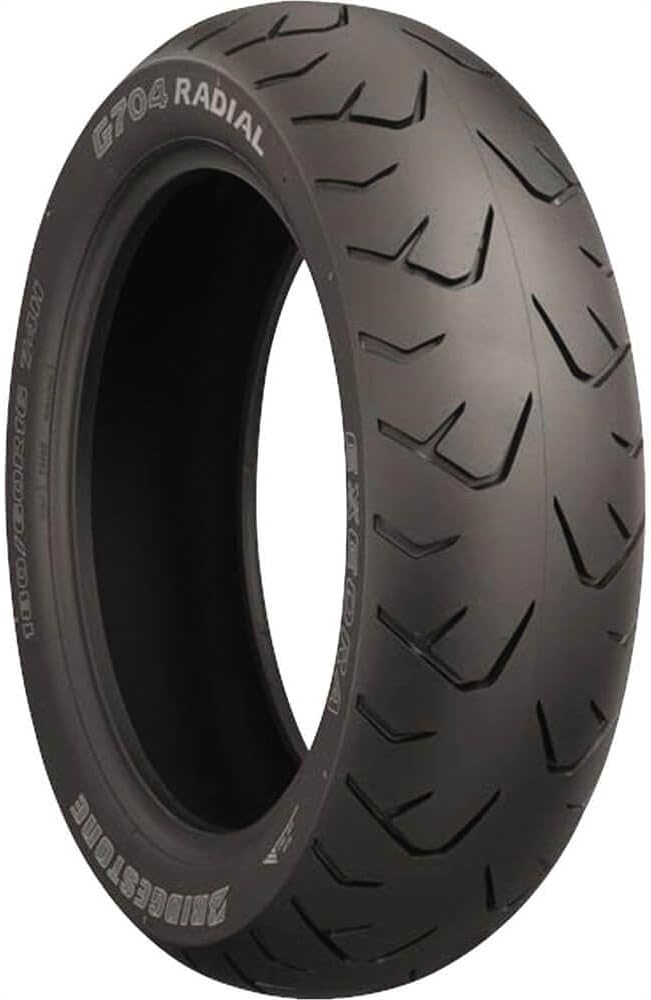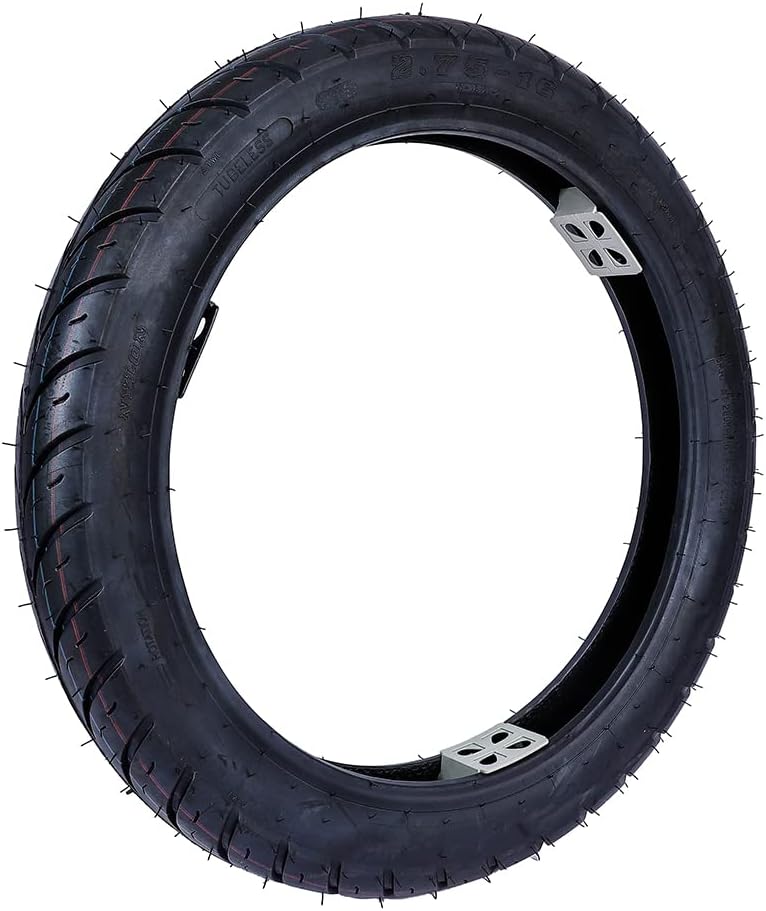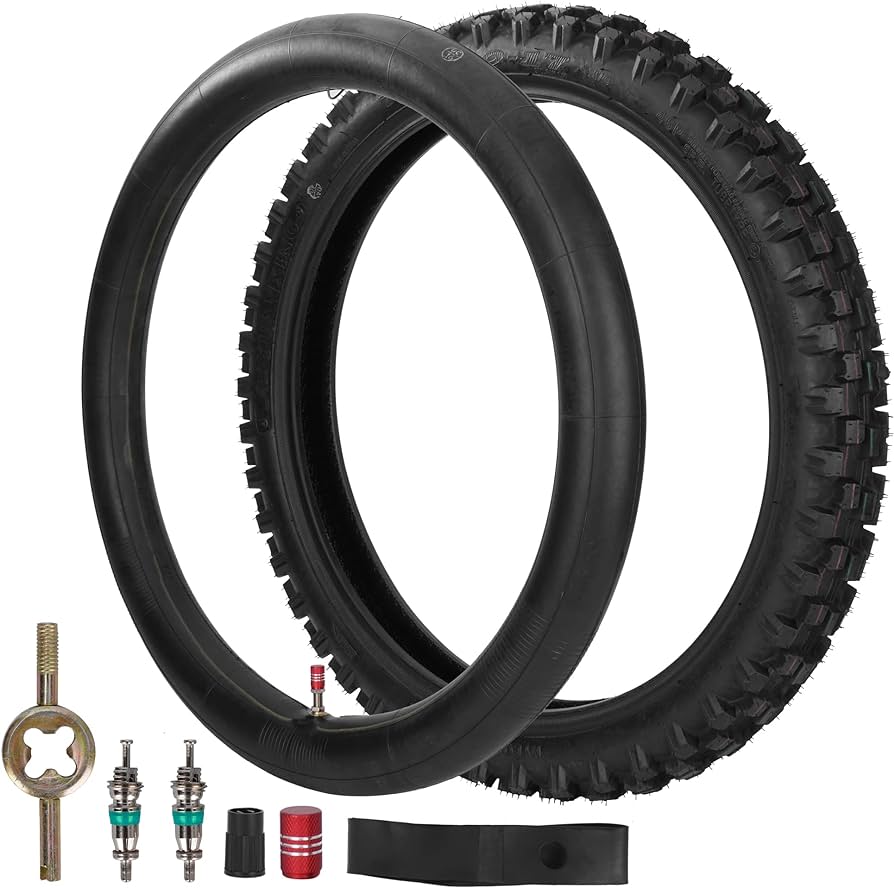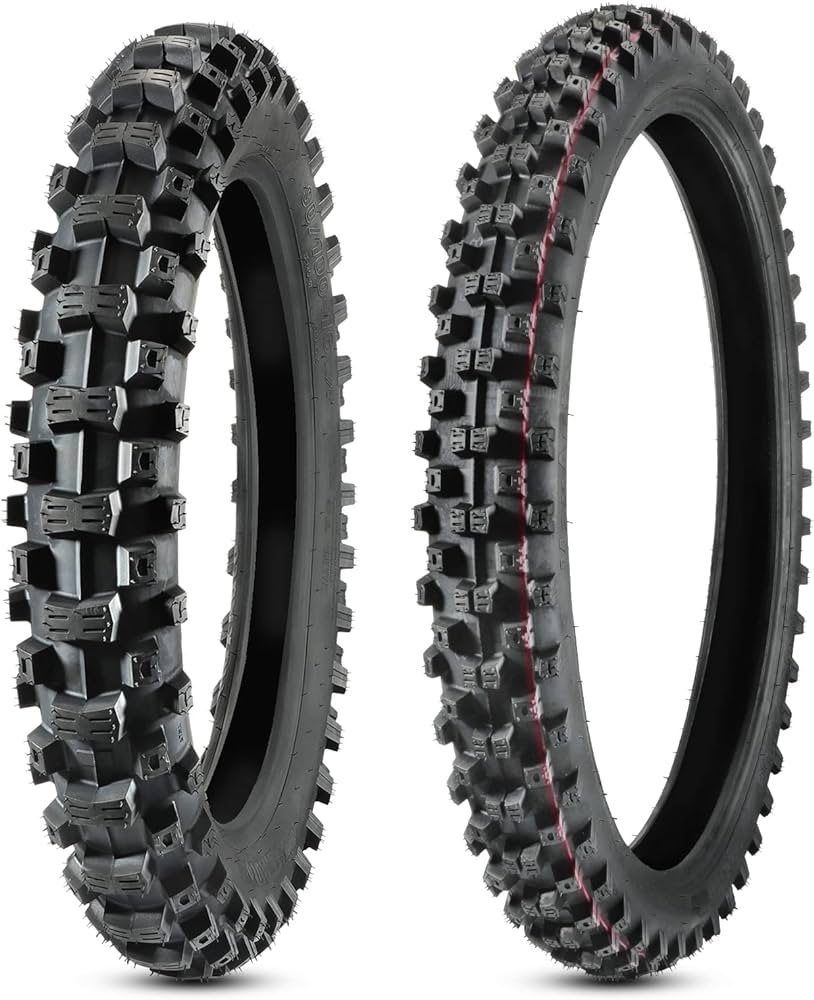Introduction:
Understanding motorcycle tire sizes is crucial for ensuring the safety, performance, and compatibility of your bike. Tire size readings can seem confusing at first, but once you know how to interpret the numbers and letters, it becomes much easier to identify the correct tires for your motorcycle. This guide breaks down the different elements involved, providing a clear and detailed explanation of how to read motorcycle tire sizes.

How to Read Motorcycle Tire Size:
What Do the Numbers and Letters Mean?
Tire Size Notation:
How Is Tire Size Typically Indicated?
Tire size is usually indicated on the sidewall of the tire using a standardized format, which includes a mix of numbers and letters.
Standard Metric Sizes:
Common Format:
Example Size: Most modern motorcycle tires use metric sizing, which typically appears in a format like this: 120/70ZR17 M/C (58W).
Breaking It Down: Each part of this sequence has a specific meaning related to the tire’s dimensions and capabilities.
Section Width:
What Does the First Number Represent?
The first number in the sequence refers to the tire’s section width.
Width in Millimeters:
Breadth Measurement:
Example – 120: In the example 120/70ZR17, the “120” indicates the section width of the tire in millimeters. This measurement is taken from the widest point of the outer sidewall to the widest point of the inner sidewall when the tire is properly mounted and inflated.
Importance: The section width is crucial for fitment on your motorcycle’s rim and can affect handling and stability. It’s essential to choose a tire width that is compatible with your motorcycle’s specifications.

Aspect Ratio:
How Is the Tire’s Height Indicated?
The aspect ratio is the second number in the sequence and relates to the tire’s profile or height.
Height as a Percentage:
Profile Calculation:
Example – 70: In the sequence 120/70ZR17, the “70” is the aspect ratio. It represents the sidewall height as a percentage of the section width. In this case, the sidewall height is 70% of 120 millimeters, which is 84 millimeters.
Significance: The aspect ratio affects the tire’s overall diameter and can influence handling, comfort, and performance. A lower aspect ratio typically means a shorter sidewall, which can enhance handling but may reduce comfort.
Construction:
What Does the Letter Indicate?
The letter following the aspect ratio indicates the tire’s construction type.
Type of Construction:
Radial or Bias Ply:
Example – Z: In 120/70ZR17, the “Z” denotes the tire’s speed rating, but its presence before the “R” indicates the tire’s construction is radial. Radial tires have carcass plies that run perpendicularly to the direction of travel, providing better flexibility and grip.
Other Indicators: If the letter is “B” or absent before “R,” it indicates bias-ply construction. Bias-ply tires have layers of fabric running diagonally across the tire, known for durability and load-bearing capacity but less flexible than radial tires.
Speed Rating:
What Does the Letter and Number After the Aspect Ratio Mean?
The combination of letters and numbers after the aspect ratio provides critical information about the tire’s speed and performance capabilities.
Speed and Load:
Performance Metrics:
Example – ZR: In the sequence 120/70ZR17, “ZR” indicates a high-performance radial tire suitable for speeds over 149 mph. Other common speed ratings include “H” for up to 130 mph and “V” for up to 149 mph.
Load Index: Following the construction type, a load index and speed rating are listed. In “(58W),” “58” is the load index, indicating the maximum weight the tire can support. Each number corresponds to a specific weight capacity in pounds or kilograms.
Speed Rating – W: The “W” indicates a speed rating, showing that the tire is safe for speeds up to 168 mph. Understanding both the load index and speed rating ensures that the tire will perform safely under the intended riding conditions.

Rim Diameter:
What Does the Last Number Represent?
The final number in the tire size sequence indicates the tire’s rim diameter.
Rim Fitment:
Compatibility Check:
Example – 17: In 120/70ZR17, the “17” signifies that the tire is designed to fit a 17-inch rim. This measurement is crucial for ensuring the tire fits correctly on the motorcycle’s wheels.
Standard Fitment: Most motorcycles have specific rim diameters, and choosing the correct size ensures optimal performance and safety. It’s important to match the rim diameter to the motorcycle’s specifications.
Service Description:
What Additional Information Is Provided?
Additional markings provide further details about the tire’s performance characteristics.
Load and Speed Ratings:
Detailed Indicators:
Example – M/C (58W): In the sequence 120/70ZR17 M/C (58W), “M/C” stands for Motorcycle, confirming the tire is specifically designed for motorcycles.
Load Index – 58: The “58” load index translates to a load capacity of approximately 520 pounds. Each load index value correlates with a specific weight capacity chart.
Speed Rating – W: The “W” speed rating indicates the tire is suitable for speeds up to 168 mph.
Reading Bias-Ply Sizing:
How Do You Interpret Different Formats?
Bias-ply tires often use different sizing formats that can look distinct from metric sizes.
Alphanumeric Bias-Ply Sizes:
Distinct Formats:
Example – MT90-16: In this format, “MT” represents the tire width in inches. “90” is the aspect ratio in a more general sense compared to metric sizes, and “16” refers to the rim diameter.
Aspect Ratio Flexibility: While the aspect ratio may be less precise, understanding this format ensures proper fitment for vintage and some modern motorcycles with bias-ply tires.

Converting Between Systems:
Translating Sizes:
Charts and Resources: Conversion charts are available to help translate bias-ply sizes into metric sizes. It’s important to use these resources to ensure accurate cross-referencing and fitment.
Compatibility Checks: Consulting these charts ensures compatibility and helps compare options across different tire types and brands.
Additional Considerations:
Are There Other Markings and Indicators to Note?
Beyond the primary size notation, several other markings provide crucial information for proper tire selection and maintenance.
Manufacture Date Code:
Production Timeline:
DOT Code: The Department of Transportation (DOT) code on the sidewall includes a four-digit number indicating the week and year of manufacture. For example, “2519” means the tire was made in the 25th week of 2019.
Tire Age: Understanding the production date helps determine tire age.

Tread Wear Indicators:
Wear and Replacement:
TWI Markings: Tread Wear Indicators (TWI) are raised bars within the tire grooves. When the tread wears down to these indicators, it signals that the tire needs replacement.
Safety Check: Regular checks on the tread depth ensure timely tire replacement, maintaining traction and safety.
Pressure and Load Information:
Optimal Performance:
Sidewall Markings: The recommended tire pressure and load information are often printed on the sidewall. These figures are critical for maintaining optimal performance and safety.
Regular Maintenance: Regularly checking and maintaining the correct tire pressure safeguards against premature wear and improves handling and fuel efficiency.
Special Markings:
Unique Attributes:
Directional Arrows: Tires may feature directional arrows indicating the proper rotation direction. Ensuring correct installation optimizes performance and longevity.
Reinforced Structures: Markings like “REINF” or “TT/TL” indicate reinforced structure or compatibility with tube-type or tubeless setups, respectively.
Conclusion
Reading motorcycle tire sizes involves interpreting a mix of numbers and letters, each indicating specific dimensions and performance characteristics. By understanding section widths, aspect ratios, construction types, speed ratings, and rim diameters, riders can ensure they select the right tires for their motorcycle. Additional considerations such as manufacture date codes, tread wear indicators, and pressure/load information further enhance safety and performance. Armed with this knowledge, motorcyclists can confidently choose and maintain their tires, ensuring a reliable and enjoyable riding experience.











